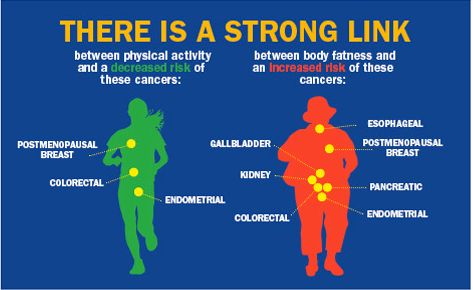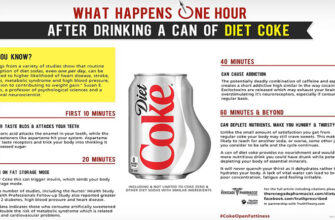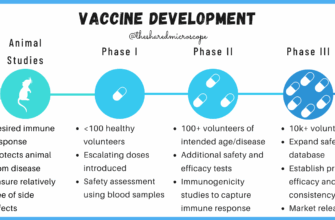
For decades, the fight against cancer has primarily focused on external interventions: complex drugs, radiation, and surgery. These are undeniably vital tools. Yet, what if one of the most potent weapons against this formidable disease lies not in a lab, but within our very own physiology, accessible through something as simple as a workout session?
Recent groundbreaking research from Edith Cowan University suggests precisely that. In a revelation that could reshape our understanding of recovery and prevention, scientists have discovered that even a single bout of physical activity can trigger a profound anti-cancer response within the body, significantly impeding tumor growth. This isn`t merely about feeling better; it`s about altering the biological landscape to make it less hospitable for cancer.
The Unsung Heroes: Myokines and Their Mighty Mission
The key players in this fascinating discovery are proteins known as myokines. These are not just any proteins; they are molecular messengers, secreted by our muscles when we engage in physical activity. Think of them as the body`s internal pharmacy, releasing potent compounds upon demand.
The study, published in Breast Cancer Research and Treatment, focused on women who had undergone treatment for breast cancer. The findings were remarkably consistent: just one session of either strength training or high-intensity interval training (HIIT) led to a significant surge in myokine levels. What`s truly astonishing is the downstream effect: this increase in myokines was directly correlated with a 20-30 percent reduction in the activity of cancer cells.
For a long time, the robust anti-cancer benefits of exercise were largely observed and studied in healthy individuals. There was a lingering question: could a body already compromised by cancer and its harsh treatments still mount such a protective response? This research emphatically answers: yes. The human body, even after battling a severe illness, retains an incredible capacity to respond to physical exertion by producing these vital defensive molecules.
“It`s almost ironic. We invest billions in searching for a silver bullet, when one of nature`s most effective interventions has been under our noses – or rather, in our muscles – all along.”
Beyond the Immediate Boost: Long-Term Defense Through Reduced Inflammation
The story doesn`t end with a single workout. A follow-up investigation, detailed in the Journal of Cancer Survivorship, delved into the sustained impact of regular exercise. This subsequent study underscored another critical mechanism: consistent physical activity, particularly that which promotes lean muscle mass and reduces fat, significantly lowers chronic inflammation.
Why is this crucial? Inflammation is a known accomplice in cancer recurrence and progression. It creates an environment ripe for cancer cells to thrive and spread. By systematically reducing inflammation, regular exercise doesn`t just put a temporary brake on tumor activity; it fundamentally shifts the body`s internal environment to be less conducive to cancer`s return.
Interestingly, the research also highlighted a distinction: rapid weight loss achieved without exercise did not yield the same anti-inflammatory benefits. This suggests that the mechanical action of muscle contraction and the physiological changes induced by physical exertion are vital, not merely the reduction in adipose tissue.
Practical Implications and a Word of Caution
What does this mean for individuals battling cancer or those in remission? It reinforces the growing understanding that physical activity is not just a lifestyle recommendation but a potent component of a holistic treatment and recovery strategy. It empowers patients with an accessible tool to actively participate in their own healing process.
While the prospect of exercise as an anti-cancer therapy is incredibly exciting, it`s paramount to approach it with informed caution. The type and intensity of exercise should always be discussed with a healthcare professional, especially for those undergoing or recovering from cancer treatment. Not all physical activity is beneficial for everyone, and timing matters. For instance, separate research indicates that intense evening workouts can disrupt sleep if performed less than four hours before bedtime, a factor important for overall well-being, particularly for individuals managing health challenges.
Conclusion: A Call to Action for Our Muscles
The scientific community continues to unravel the complex interplay between lifestyle and disease. This research from Edith Cowan University serves as a powerful reminder of the body`s innate capabilities. It suggests that alongside advanced medical treatments, the simple, consistent act of moving our bodies can activate an internal defense system, offering a proactive, effective, and surprisingly potent way to slow tumor growth and foster an environment inhospitable to cancer. It`s time we recognized our muscles not just as movers, but as vital contributors to our health`s deepest defenses.









